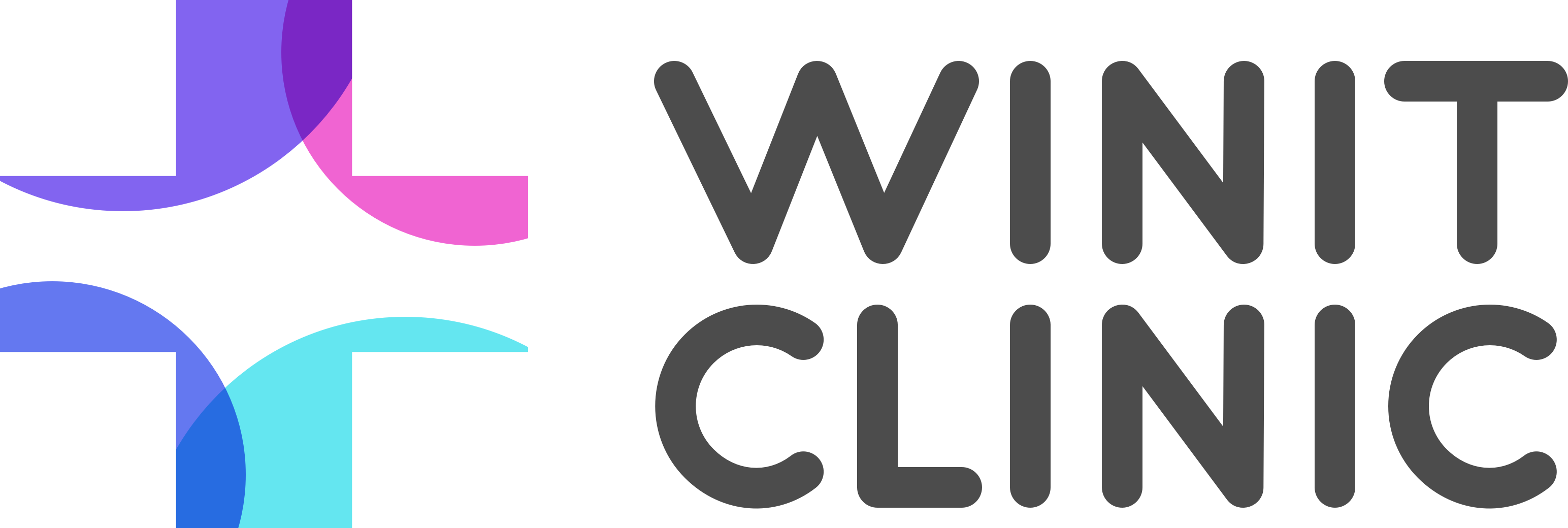Cerebral palsy doctors
Prevent, alleviate, or heal disease—naturally.
Meet our practitioners who specialize in natural Cerebral palsy treatment
Recommended health tests for Cerebral palsy
How it works
Consult with our health coaches who will learn about your symptoms, habits, and goals.
Take personalized home health tests to discover potential root causes of any symptoms or conditions you may have.
Review your results in just days with our functional medicine doctors, nurses, and dietitians who will help you achieve optimal health.
Learn about Cerebral palsy
Cerebral palsy (CP) is a group of permanent movement disorders that appear in early childhood. It’s the most common motor disability in childhood. Prevalence estimates vary, but it is believed to affect about 2 to 2.5 per 1000 live births worldwide. While CP can't be cured, treatments can improve the quality of life for those living with the condition.
Causes
Cerebral palsy can result from a variety of causes, all of which involve anomalies or injuries in the brain before, during, or shortly after birth. The key factors include premature birth, insufficient oxygen supply to the brain (asphyxia), bleeding in the baby's brain, severe jaundice, genetic mutations, maternal infections, and brain injuries in the early years.
Signs and symptoms
- Muscle stiffness or floppiness - Poor muscle control, reflexes, and posture - Delay in reaching motor skills milestones, such as sitting up or crawling - Favoring one side of the body, such as reaching with one hand - Difficulty walking, such as walking on toes or a crouched gait - Involuntary movements or tremors - Difficulty with precise movements, such as writing - Speech difficulties
Diagnosing Cerebral palsy
Diagnosing CP involves observing a child’s development, motor skills, and muscle tone. Early signs usually appear before a child is 18 months old. Pediatricians, together with neurologists, might employ a combination of brain imaging techniques like MRI or CT scans, along with a series of motor skill tests, to diagnose cerebral palsy. Additionally, screening for co-occurring conditions such as intellectual disabilities, vision or hearing impairments, and seizures are crucial for a comprehensive diagnosis.
Prevention and natural treatment
Prevention strategies focus mainly on reducing the risk factors leading to CP. These include ensuring optimal health during pregnancy, managing and preventing maternal infections, and using techniques to minimize premature birth risks. Also, immediate and effective care for newborns, especially in high-risk cases, is vital. Treatment for cerebral palsy, on the other hand, involves a multidisciplinary approach. Functional medicine aims at improving overall health and wellness through natural and holistic approaches, contributing significantly to managing CP symptoms. Treatments include: - Physical therapy to enhance mobility and decrease muscle abnormalities. - Occupational therapy aimed at improving daily skills and self-care. - Speech and language therapy to assist with communication and feeding difficulties. - Nutrient-rich diets tailored to meet individual needs, potentially improving energy levels and cognitive functioning. - Aquatic therapy which utilizes water's therapeutic properties to improve muscle function and mobility. - Integrative interventions like acupuncture and massage for pain management and muscle relief. - Conductive education to help children and adults with CP achieve more independence. Each treatment plan should be tailored to the individual's specific needs and regularly adjusted to align with their progress and changes in symptoms.
Browse popular locations
Atlanta, GA
Houston, TX
Chicago, IL
Los Angeles, CA
Miami, FL
Austin, TX
Dallas, TX
New York, NY
Seattle, WA
Charlotte, NC
Denver, CO
Maryland, NY
Connect with an expert for Cerebral palsy



